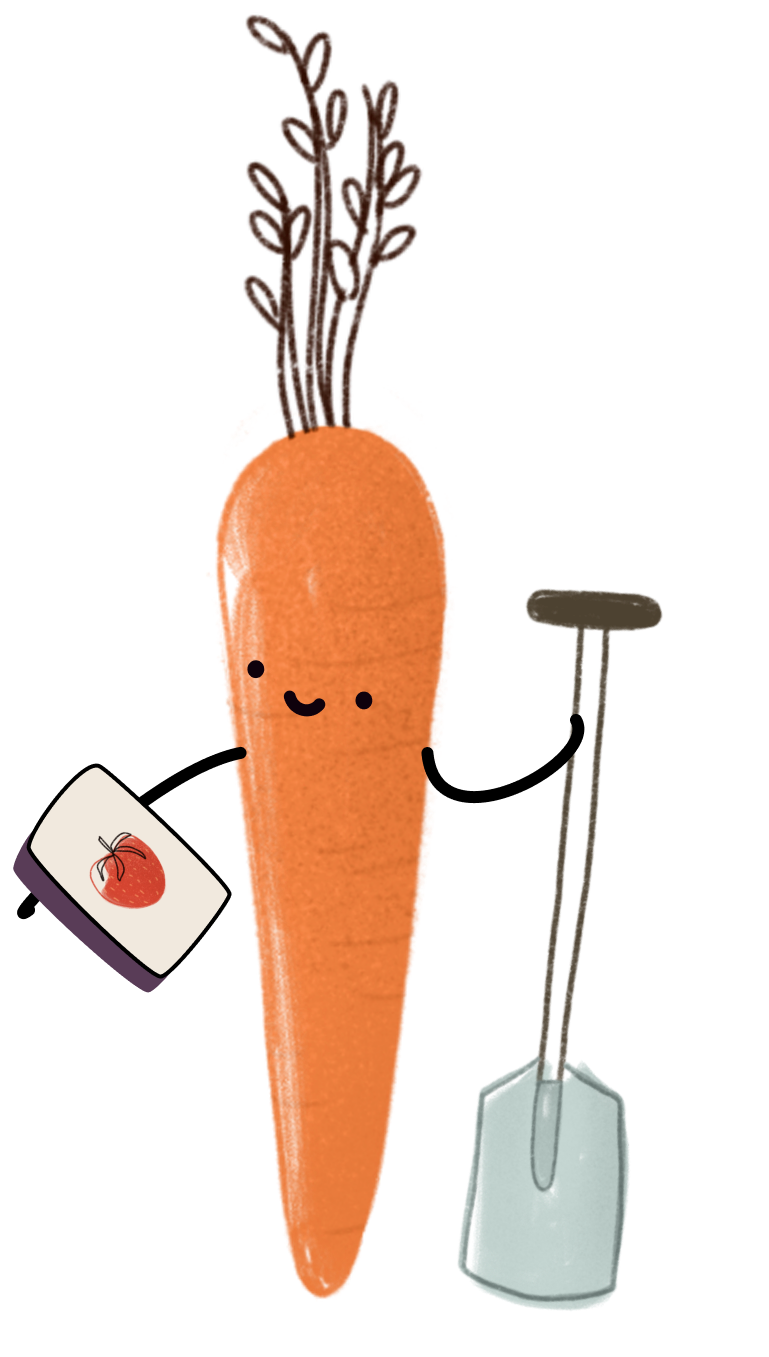
Phenological Calendar: Phenological Seasons & Indicator Plants at a Glance
The phenological calendar divides the garden year into ten finely graduated seasons according to the visible development phases of selected indicator plants rather than fixed dates. It responds directly to what nature shows and thus provides a practical basis for sowing, planting and harvesting. Especially in times of climate change, when traditional planting dates are becoming increasingly unreliable, this approach enables flexible and regional garden planning. In this article, you will learn how the phenological calendar works, which ten seasons and indicator plants there are and how you can dynamically adapt your gardening to the actual conditions.
This Article Contains:
- The Phenological Garden Calendar Explained
- What Is the Phenological Calendar?
- Gardening in a Changing Climate - Why We Need to Rethink
- The Garden Is Changing: Observations From the Field
- The 10 Phenological Seasons at a Glance
- Phenological Seasons and Their Indicator Plants
- Dynamic Garden Planning With the Phenological Calendar
- PDF: Phenological Calendar and the Ten Phencological Seasons
- Frequently Asked Questions About the Phenological Calendar
Quick Overview
What Is the Phenological Calendar?
The phenological calendar divides the year into ten finely graduated seasons and is not based on fixed dates, but on the development phases of certain indicator plants. There are ten phenological seasons.
The ten phenological seasons
- Early spring: hazel (blossom)
- Mid spring: Forsythia (blossom)
- Late spring: apple (blossom)
- Early summer: black elder (blossom)
- Mid summer: summer lime (blossom)
- Late summer: ripe early apples
- Early fall: black elderberry (fruit)
- Mid fall: pedunculate oak (fruit)
- Late fall: pedunculate oak (leaf discoloration)
- Winter: Vegetation is dormant
Dynamic Instead of Rigid Garden Planning
Each phase indicates when gardening work such as sowing, planting or harvesting is optimal. This allows regional differences and climate fluctuations to be taken into account dynamically instead of relying on rigid planting dates.
The Phenological Garden Calendar Explained
We usually divide the year into four fixed seasons: Spring, summer, fall and winter. Their beginning and end are determined by fixed calendar dates - regardless of how far nature has actually come in its development.

Phenology and the Phenological Calendar
The phenological seasons are based on the science of phenology. Phenology deals with the phenotype of organisms, i.e. their visible appearance. The term comes from the Greek and translates as "the study of phenomena".
The phenological calendar is based on the natural development phases of plants - often native wild plants. The seasons begin with certain biological events that can be observed on so-called indicator plants. As a result, the phenological calendar dynamically adapts to real weather and climate conditions.
What Is the Phenological Calendar?
The phenological calendar divides the year into ten phenological seasons. It is based on the classic main seasons: Spring, summer, fall and winter. However, they are much more finely structured and subdivided again. This fine division allows gardeners to observe and evaluate the state of nature's development more precisely. This makes the phenological calendar particularly helpful in times of climate change, where the classic seasons are becoming increasingly blurred.

Volunteers and the International Phenological Calendar
The German Weather Service (DWD) offers Global Climate Monitoring and International Datasets here. Their portal includes worldwide temperature, precipitation, and extreme‐event records, all freely accessible. This is made possible by numerous volunteer observers who monitor nature throughout the year and document their data. If You Would Like to Become a Volunteer Yourself, take a look at the here.
Phenology is inherently global. It started with Carl von Linné in 18th century Sweden, spread across Europe in the 19th century, and today underpins worldwide efforts to track seasonal shifts under climate change.
Gardening in a Changing Climate - Why We Need to Rethink
In recent years, we have increasingly felt the consequences of climate change: the seasons are shifting and extreme weather events are on the rise. This makes the weather more unpredictable and forecasts less reliable. Rigid sowing dates are working increasingly poorly. Until now, planting and sowing times have been determined based on observations of weather patterns. However, these values are based on stable weather and climate - this is no longer the case in times of climate change. We need a practical alternative in order to continue growing vegetables successfully.

Rock pears bloom in full spring, at the height of the spring awakening // Image by Ralph on Pixabay.
Gardening in Harmony With Nature Thanks to the Phenological Calendar

Rock pears bloom in full spring, at the height of the spring awakening // Image by Ralph on Pixabay.
The phenological calendar can help you to adapt your sowings and plantings flexibly - it also takes regional differences and microclimates into account. While in flat, sunny regions the apple blossom may already herald late spring, plants at higher altitudes usually lag behind - here it may still be early spring. If you orientate yourself to the developmental stages of the indicator plants, you synchronize yourself with the nature that surrounds you. This way you can ensure that your plants have the right conditions. This increases your chances of healthy plants, good yields and a stress-free gardening year.
The Garden Is Changing: Observations From the Field
Many gardeners are already noticing that things are shifting in the garden. Many plants are flowering much earlier, which means that early vegetable plants and leafy greens such as radishes, lettuce and spinach are also shooting faster. These plants are used to lower temperatures.
Perhaps you have already observed this: Varieties and plants are now shooting much earlier, even though you used to be able to grow them in your garden at this time without any problems. For us gardeners, the visible changes in nature inevitably mean that we have to adapt our gardening practices.

// Image by jacqueline macou on Pixabay
A Well-Known Example Is the Apple Blossom in Germany
Since the 1960s, spring has started about two weeks earlier on average. This may sound harmless at first, but it's not. If it gets cold again after the apple trees have blossomed, the blossoms freeze and there are no apples. The blossoms are not frost-resistant, so the apple tree has adapted so that it only began to blossom after the last heavy frosts. The rising temperatures change this finely tuned system.
According to the German Weather Service, spring now begins on average two to three weeks earlier than it did in the middle of the 20th century.

Periods of heat dry out nature and cause earlier flowering // Image byMarkus Distelrath on Pixabay.
Hot Spells in Spring

Periods of heat dry out nature and cause earlier flowering // Image byMarkus Distelrath on Pixabay.
These early periods of heat in spring drive the development of some plants forward. This shifts flowering phases and harvest times. The vegetation period in Central Europe is extended overall **This sounds positive at first, but many of our garden vegetables are not adapted to this and some also need cooler temperatures in spring.

Hail is a real danger for your harvest! // Image by Hans on Pixabay.
Extreme Weather Events on the Rise

Hail is a real danger for your harvest! // Image by Hans on Pixabay.
Gardeners are increasingly experiencing extreme weather events: destructive heavy rain or hail, strong temperature fluctuations and heat. These extremes can affect the growth and health of plants. After heavy rain, many gardeners notice burst fruit or vegetables. This is due to the strong fluctuation in humidity. Hail can also be very hard on your plants and severely damage your harvest.

Ever Feel Lost in the Garden? Connect With Others!
In the Fryd community, you’ll find friendly and helpful gardeners ready to share ideas, give advice, and celebrate wins (and failures) together. Gardening is just more fun when you’re not doing it alone.
Join the Community NowThe 10 Phenological Seasons at a Glance
The phenological seasons are not based on the calendar, but on visible developments in nature. They are determined dynamically using so-called indicator plants and their stages of development. Certain plants mark the beginning of a new phase through flowering, budding or fruit ripening. For example, hazel blossom stands for early spring, forsythia blossom for early spring and apple blossom for late spring. Many gardeners already know and observe these natural biomarkers intuitively.

In the following section, we will show you which indicator plants show the phenological seasons - and how you can use this knowledge for your gardening practice.
Phenological Seasons and Their Indicator Plants
Indicator plants react directly to abiotic factors such as temperature and align their vegetation and flowering phases with the cumulative temperature sum. If temperatures rise earlier, the sum required for development is reached more quickly and the plants flower correspondingly earlier. The phenological calendar, which is based on the natural cycles of the indicator plants, is based on this reliable foundation.
A main indicator plant is usually used to determine a phenological season; if it is not available, selected alternative species are used. Look for these plants in your garden to observe their stages of development and collect your own phenological data. In addition, other biomarkers - such as the return of storks or migratory birds - also provide valuable insights into the holistic rhythm of nature.
Phenological Spring: Indicator Plants and Biomarkers

The apple blossom indicates full spring.
Phenological Spring: Indicator Plants and Biomarkers

The apple blossom indicates full spring.
Phenological spring is divided into three phases: early spring, mid spring and late spring. This is when nature slowly awakens from its winter hibernation into late spring, when the first early bloomers are in full bloom. Spring currently begins from mid-February to mid-March and then peaks between mid-April and May.
| Phenological spring | Main indicator plant | Other indicator plants |
|---|---|---|
| Early spring | Hazel (flower) | Snowdrops and marsh fritillaries (in bloom) |
| Willow (flowering) | ||
| Mid spring | Forsythia (blossom) | Gooseberry (leaf unfolding) |
| Birch and beech (deciduous) | ||
| Sloe (blossom) | ||
| Late spring | Apple (blossom) | Pedunculate oak and hornbeam (deciduous) |
| Lilac and horse chestnut (blossom) |

The first ripe apples of early apple varieties herald the start of midsummer.
The Phenological Summer and Its Indicator Plants

The first ripe apples of early apple varieties herald the start of midsummer.
The phenological summer is divided into three phases: early summer, mid summer and late summer. At this time, trees unfurl their foliage fully and lushly, insects such as butterflies and bees buzz around in large numbers and the first berries ripen. Summer begins between the end of May and the beginning of June and reaches its peak between the end of July and mid-August.
| Phenological summer | Main indicator plant | Other indicator plants |
|---|---|---|
| Early summer | Black elderberry (blossom) | Robinia and rye (blossom) |
| Meadows and cereal fields (flowering peak) | ||
| Mid summer | Summer lime tree (blossom) | Red currant (fruit) |
| Winter rye (ready to harvest) | ||
| Late summer | Apple, early varieties (fruit) | Mountain ash and rock pear (fruit) |
| Autumn anemone (start of flowering) |

In autumn, the leaves of deciduous trees change color and herald the transition to winter dormancy.
Phenological Fall at a Glance: Indicator Plants & Co.

In autumn, the leaves of deciduous trees change color and herald the transition to winter dormancy.
The phenological fall is divided into three phases: Early fall, mid fall and late fall. The leaves of deciduous trees slowly change color until the forest glows in vibrant shades of yellow, orange and red in full autumn. They then drop their leaves until they finally go into hibernation. Autumn currently begins around the beginning of September and reaches its peak between mid-October and early November**.
| Phenological fall | Main indicator plant | Other indicator plants |
|---|---|---|
| Early fall | Black elderberry (fruit) | Cornelian cherry (fruit) |
| Horse chestnut and autumn crocus (flower) | ||
| Mid Autumn | Pedunculate oak (fruit) | Horse chestnut and walnut (fruit) |
| Quince (ready to harvest) | ||
| Late fall | Pedunculate oak (leaf discoloration) | Mountain ash (leaf fall) |
| Horse chestnut (leaf fall) |

In winter, nature turns inwards and hibernates.
Winter and Hibernation

In winter, nature turns inwards and hibernates.
Winter dormancy has arrived when the trees are free of leaves. Winter usually begins with occasional frosts without snow until the snow stays longer. The vegetation is in dormancy mode and barely grows, you could say it is hibernating. At the end of winter, temperatures slowly rise and nature slowly wakes up. Winter currently begins at the end of November and reaches its peak between January and mid-February. However, I have to say that winter is shortening significantly in Central Europe due to climate change. It is also much warmer and in many places there is no snow or heavy frost.
Dynamic Garden Planning With the Phenological Calendar
You can use the phenological calendar to adapt to rising temperatures and changes in nature's development. It is a helpful tool for determining the right times for your gardening work - sowing, planting, pruning and harvesting. Here You Will Find an Overview of Which Gardening Tasks Are Required in Which Phenological Season.
However, the weather and climate are unpredictable, and climate change is bringing further extremes. Late frosts after very warm periods, hail and heavy rain can endanger your crops. Therefore, more tools and protective measures are needed to adequately protect the plants.
If you have any questions or comments, please write to us at [email protected].
Would you like to receive helpful gardening tips all year round and plan your own beds optimally? Then register here or download the Fryd app for Android or iOS.
Fryd - your digital bed planner
Sources
- NABU, 2025: Der phänologische Kalender - Die Jahreszeiteneinteilung nach den Erscheinungen in der Pflanzenwelt; accessed online on 20.06.2025 at https://www.nabu.de/tiere-und-pflanzen/pflanzen/pflanzenwissen/jahreszeiten.html
- DWD, 2025: Phenology; accessed online on 19.06.2025 at https://www.dwd.de/DE/klimaumwelt/klimaueberwachung/phaenologie/phaenologie_node.html

Marie
Marie is an agronomist. She is particularly interested in the sustainable and organic cultivation of vegetables and other plants. In her own garden, she gained experience and likes to try things out to learn from nature. She is particularly interested in the values and principles of permaculture, in order to contribute not only to the well-being of nature, but also to the well-being of people and future generations.
Learn MoreCurrent Topics in the Community
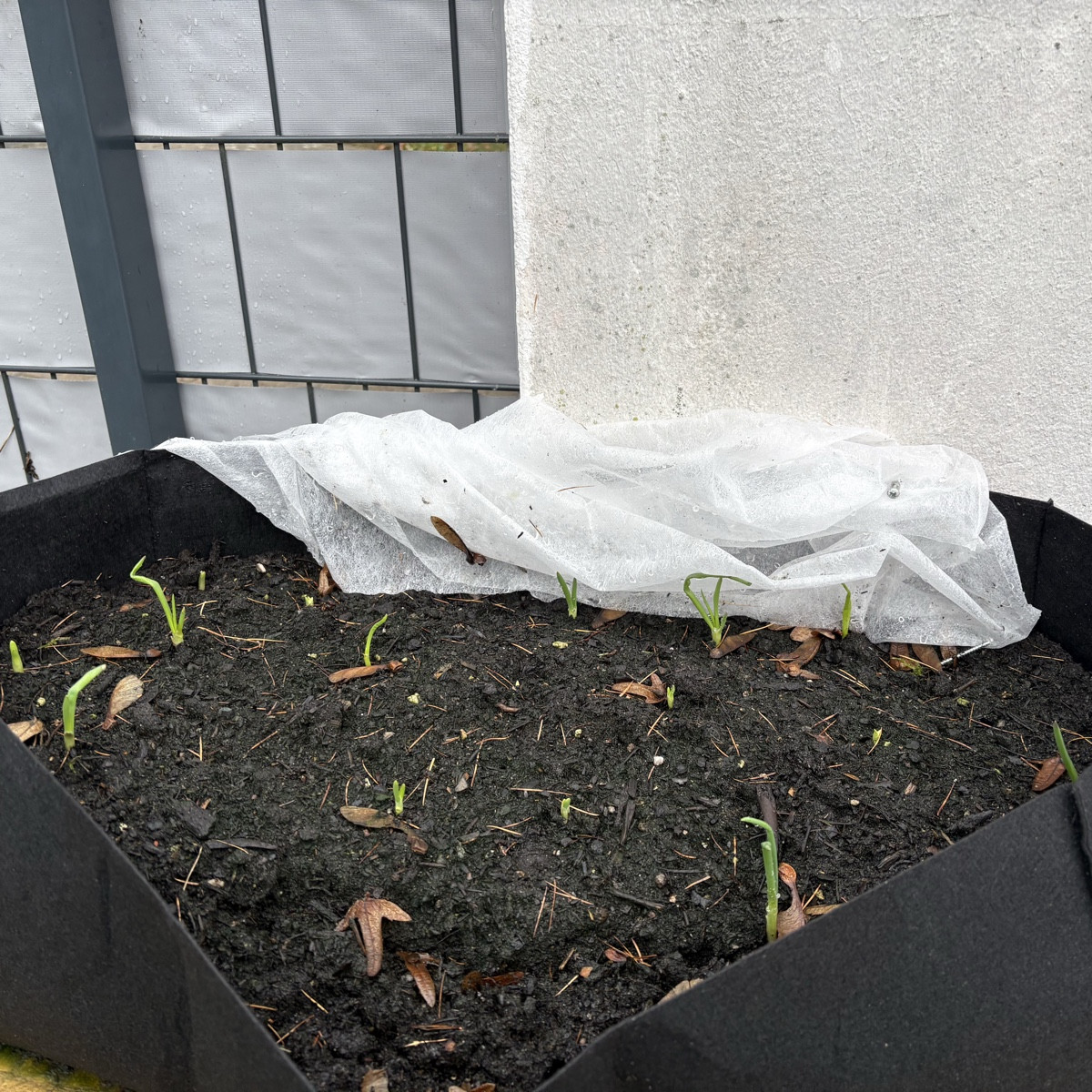
Liked 1 times
My winter onions are also growing quite well. They are of the Red Cross variety. I planted them on 28.10 in a felt pot 60x30x20 cm
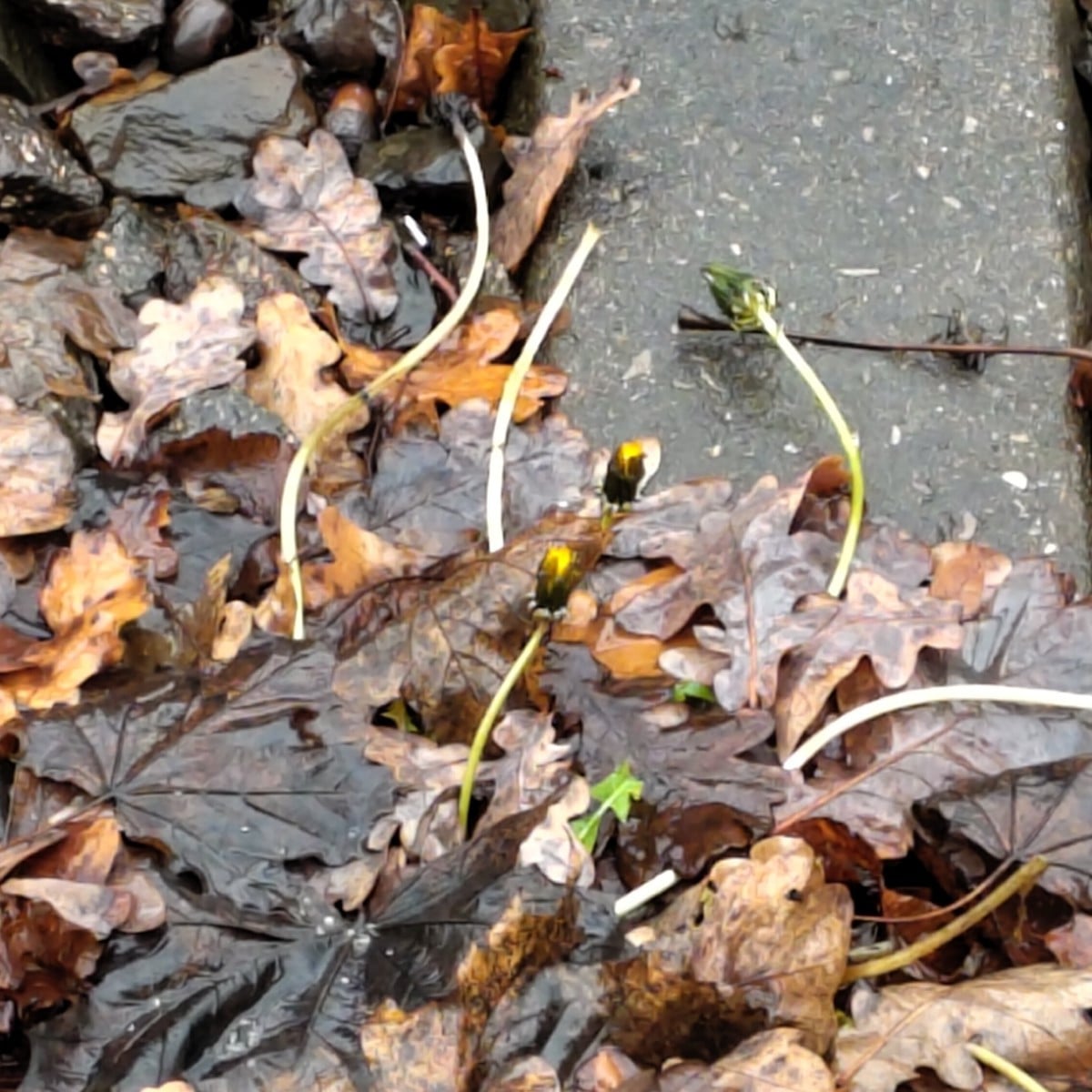
Liked 6 times
Another post from the curiosities section: I noticed this dandelion at the streetcar stop in a 'wintry' 13°C weather. It obviously thinks that snow and double-digit frost were enough winter and is now pushing new flowers through the foliage. It's a shame it's by the tracks, otherwise it would probably have ended up in my salad. 😋
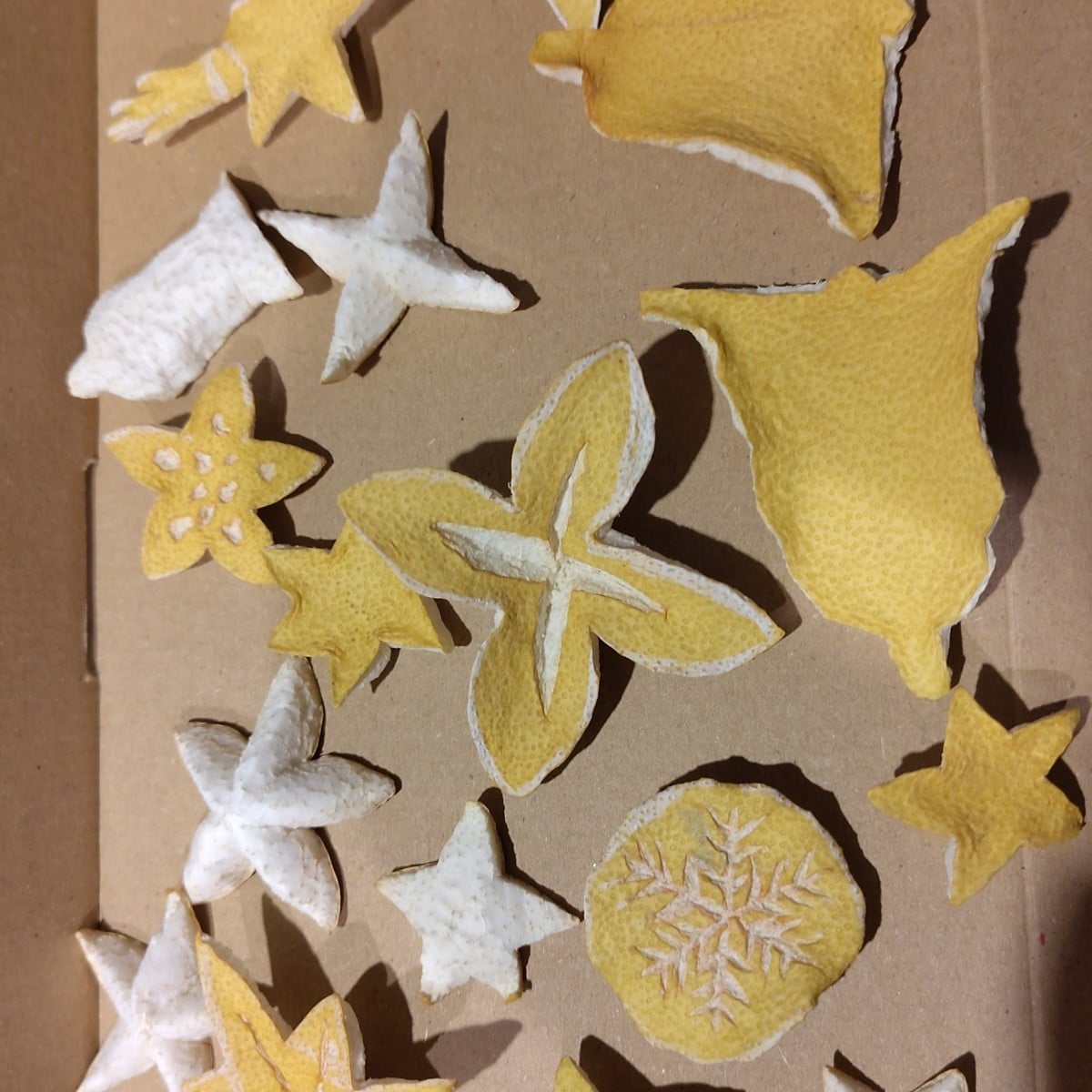
Liked 16 times
As a suggestion for those who eat citrus fruits and have some time in the evening: simply cut a few simple shapes out of them with a sharp knife and dry them on the heater. The next day it was bone dry in our house ;)
Show 3 answersPopular Articles
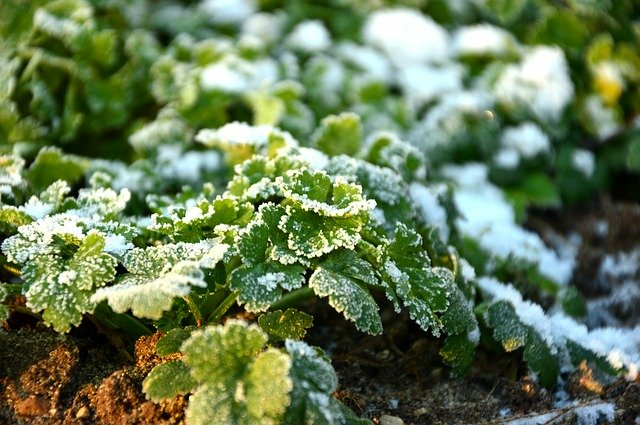
Overwintering Parsley: How to Do It Successfully
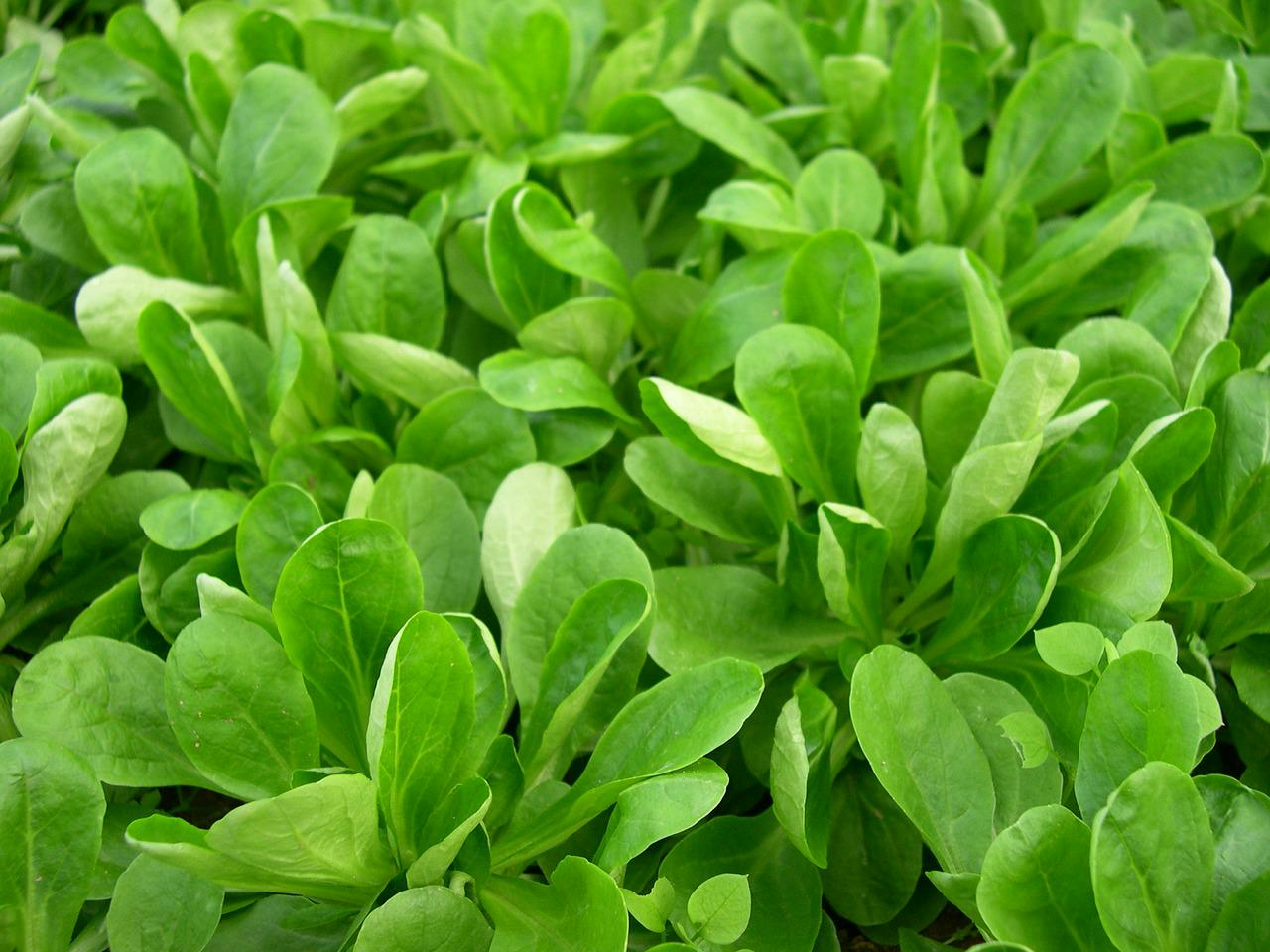
How to Grow Lettuce in Winter: Varieties, Sowing, Harvesting

Growing Sage Plant: Tips for Sowing and Harvesting
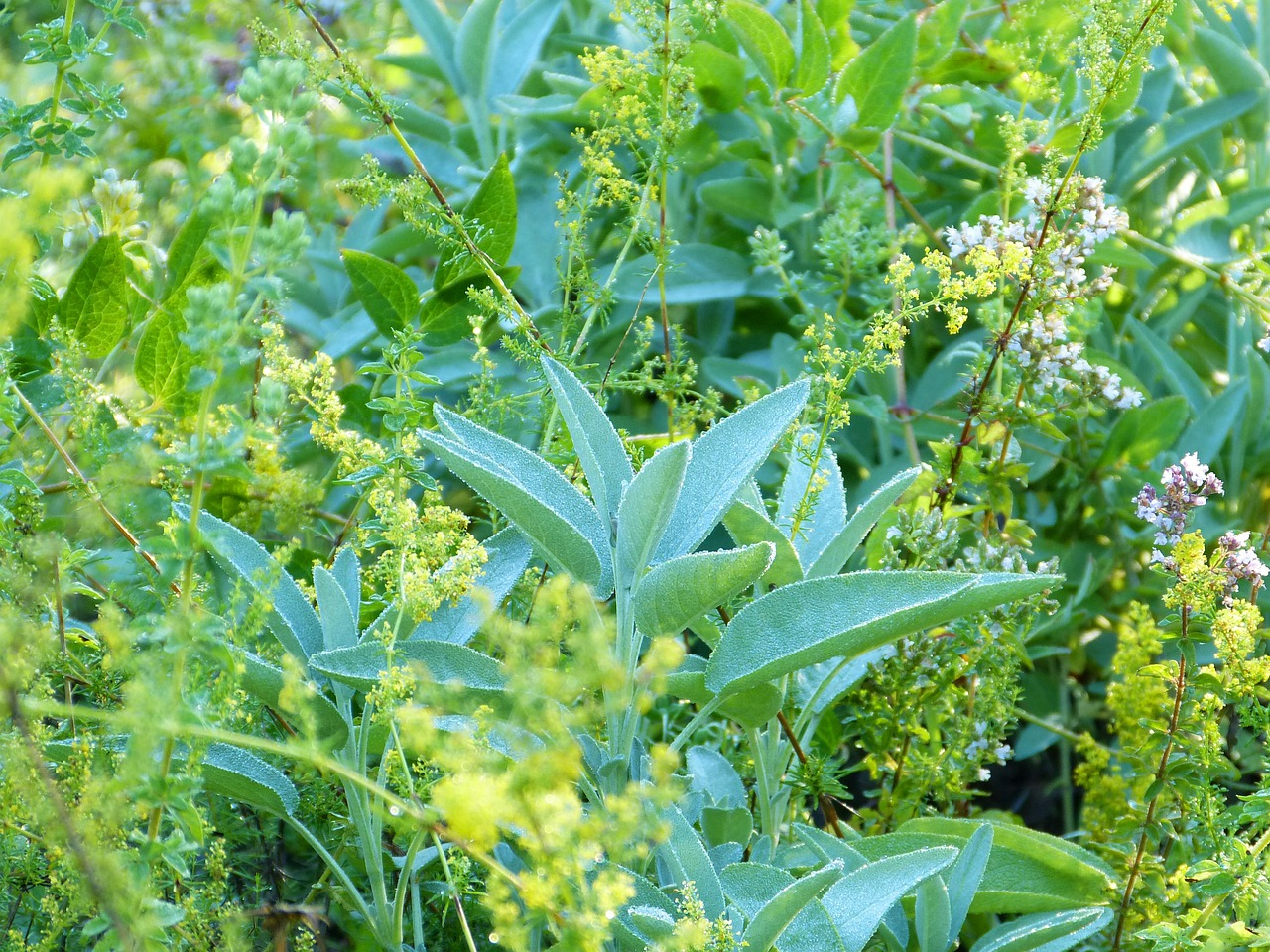
What Herbs Can Be Planted Together?
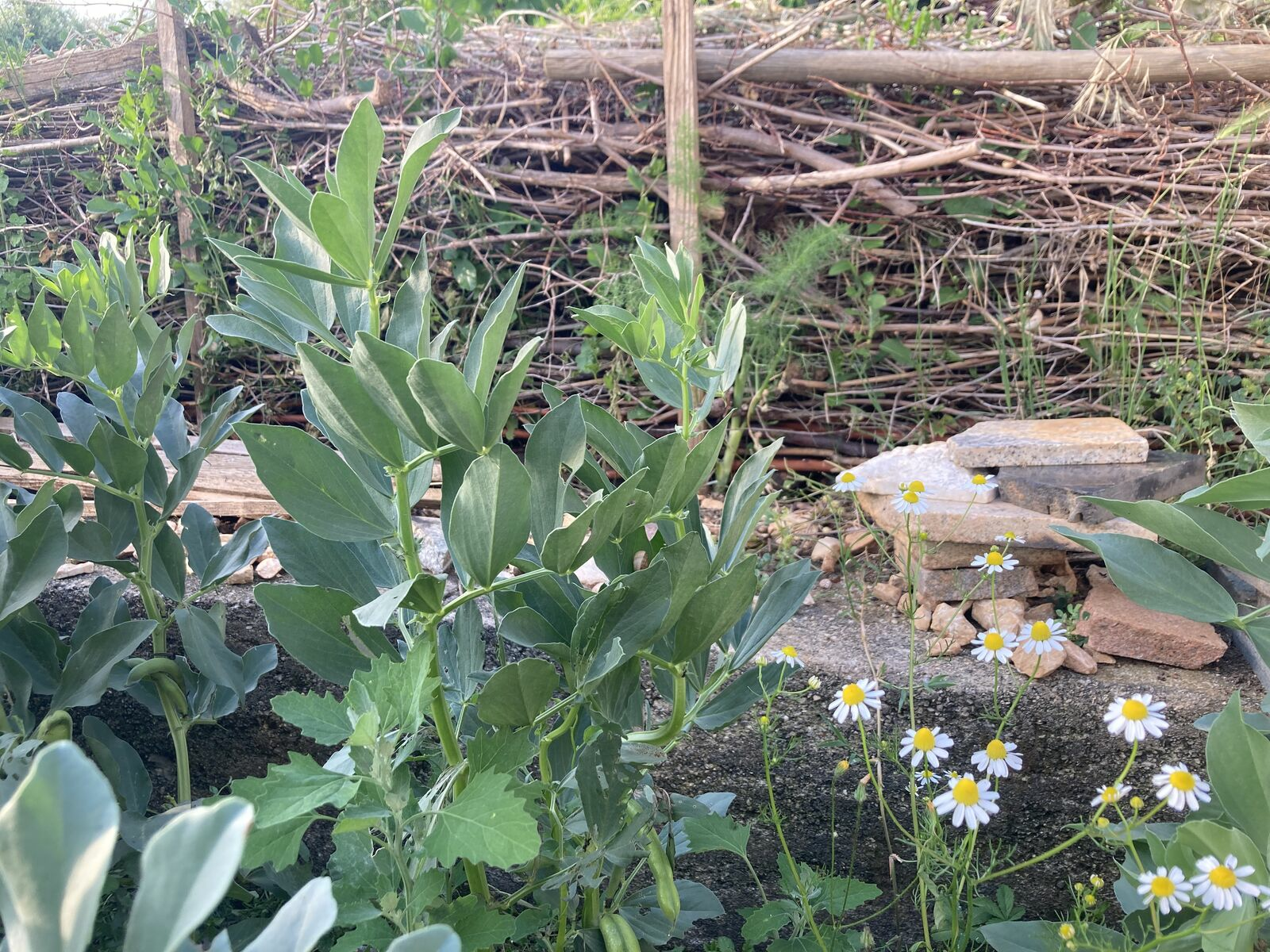
Create & Design a Permaculture Garden
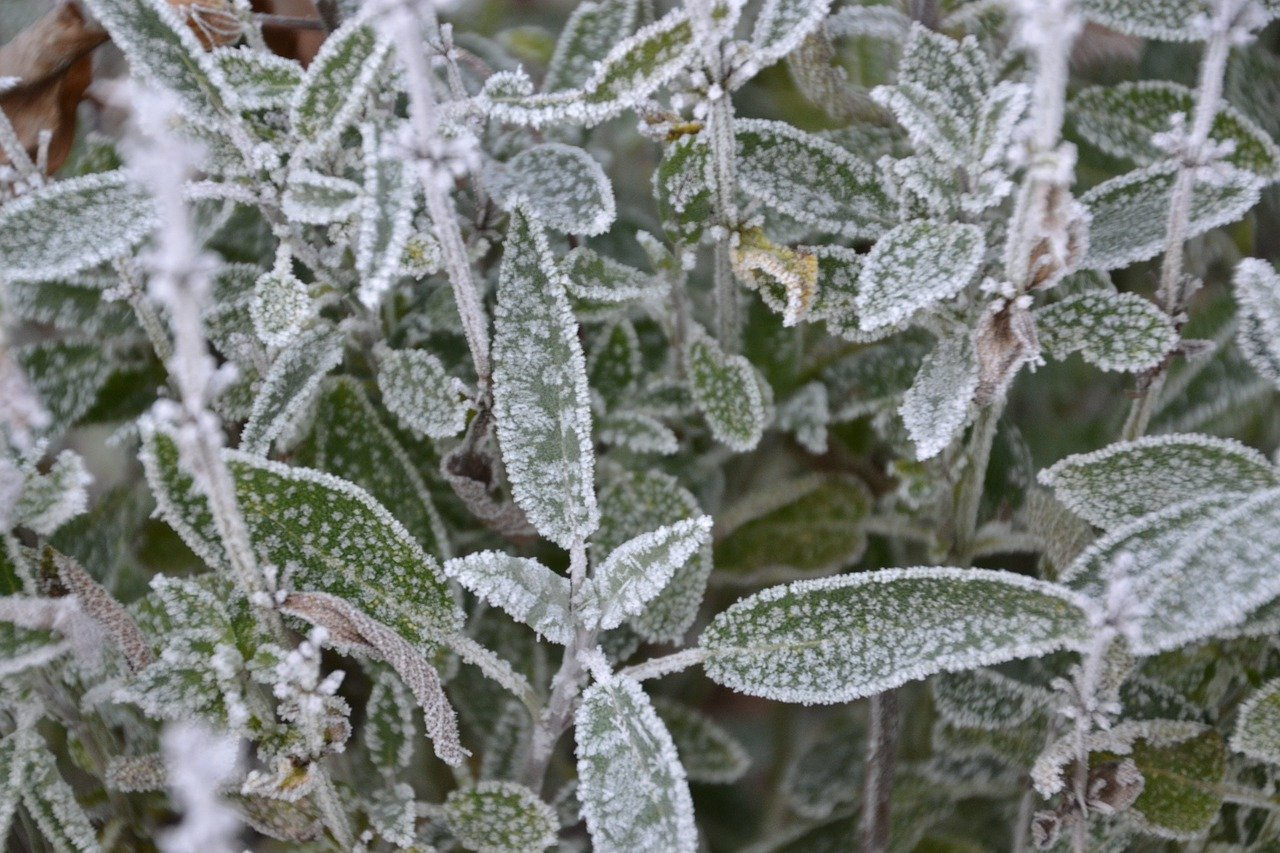
Overwintering Plants: Tubs, Pots and Raised Beds

Pruning, Fertilizing & Propagating Currants: Care Tips
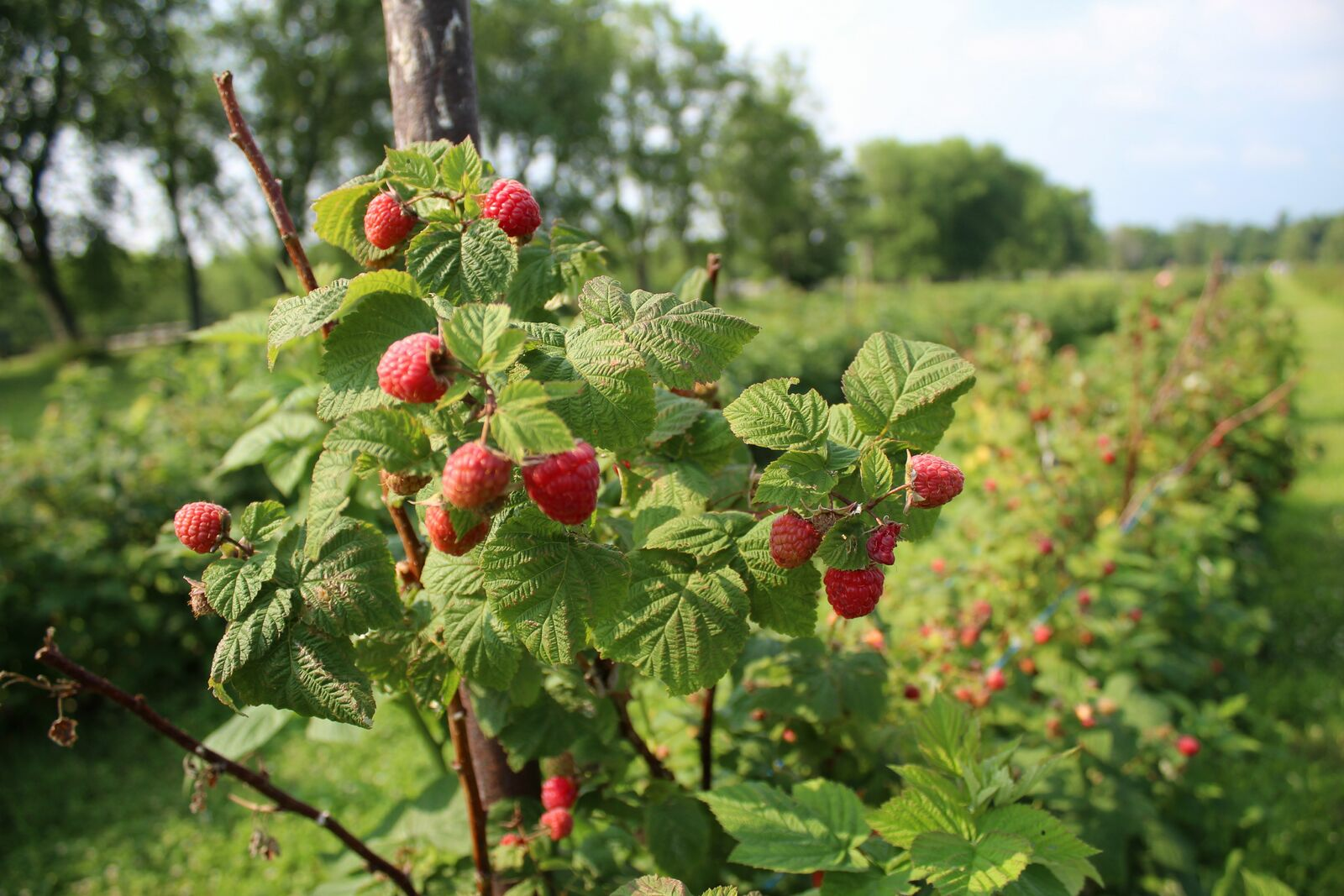
Pruning Raspberries: How to Do It
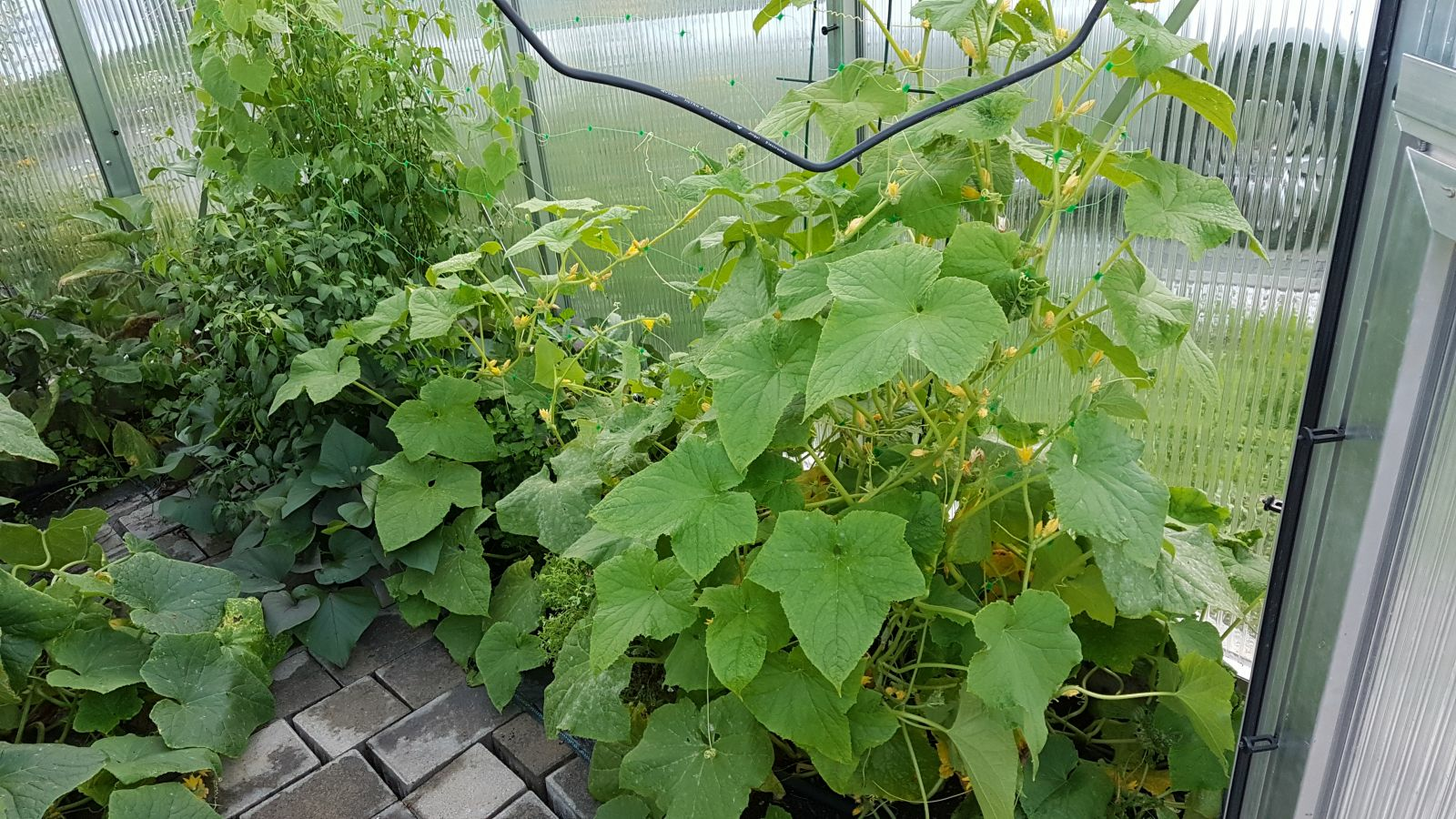
Vegetable Garden With Greenhouse: How to Use Greenhouse Effect
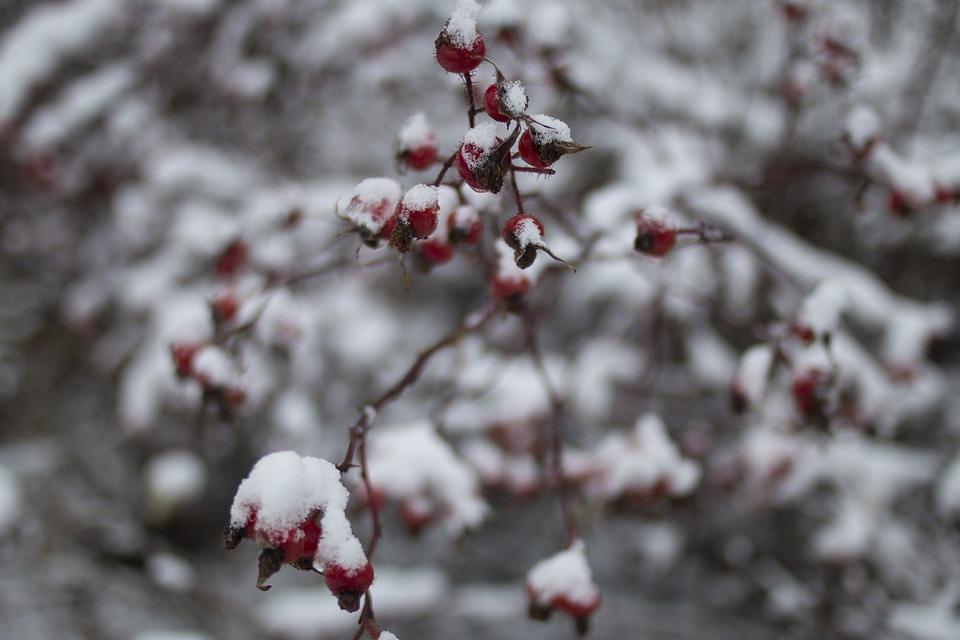
Winterizing Beds and the Garden: How to Do It
FAQ
What is the phenological calendar?
A practical tool for garden planning that divides the year into ten finely structured seasons according to the natural development phases of plants rather than rigid calendar months.
How many phenological seasons are there and how do they differ from the classic four?
The phenological calendar recognizes ten seasons instead of four, in that spring, summer, autumn and winter are each divided into three (or four) phases and thus take a closer look at vegetation and flowering cycles.
What role do indicator plants play in the phenological calendar?
Main indicator plants such as snowdrops (early spring), forsythia (first spring) or apple blossom (full spring) mark the beginning of the respective phase by flowering, budding or fruit ripening.
Why is the phenological calendar important precisely because of climate change?
Due to climate and weather shifts, fixed sowing and planting dates have become unreliable. The dynamic phenological calendar adapts to current vegetation phases and thus enables more reliable planning.
